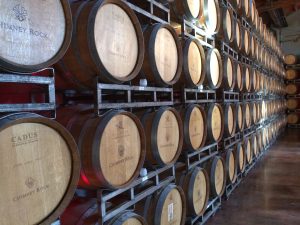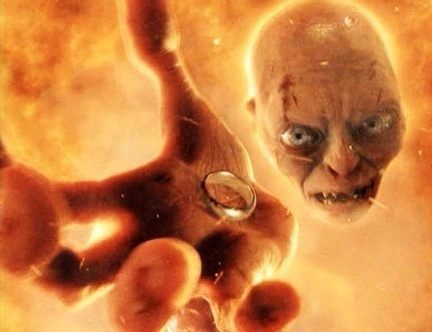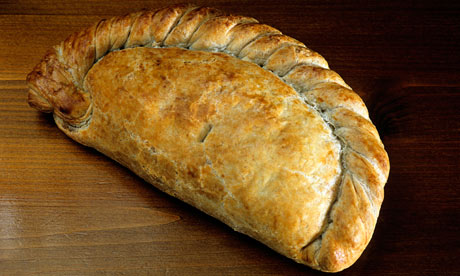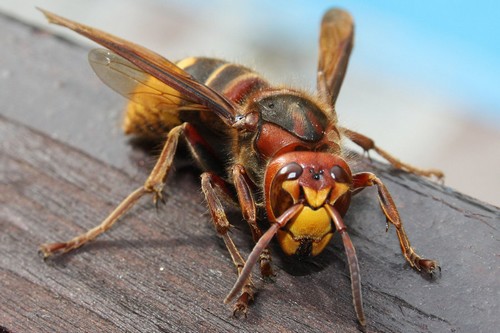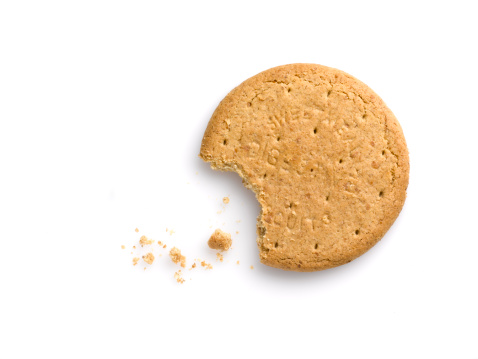
Tattoo inks are made of compounds from heavy metals such as lead, copper and zinc. The metals in ink is what enables tattoos to last so long. The ink is injected into the deeper, second level of the skin called the dermis. However, tattoos are not simply erased in the same way you would rub pencil away from a piece of paper.
When someone gets a tattoo, white blood cells immediately start to try and remove them, however the ink particles are larger than the white blood cells and so they cannot break them down.

